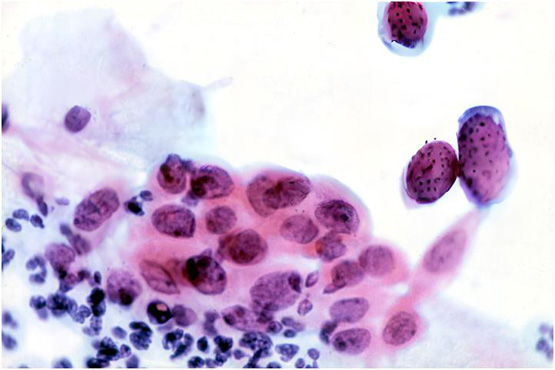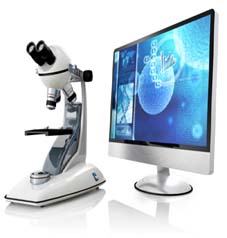ASCH

What is ASCH?
ASCH indicates that cells appear abnormal and there may be "high-grade" lesions, but it's not completely certain. It is a finding that can be seen in the result of a Pap smear test. This classification is worrying and generally indicates more serious conditions, which could be a precursor to cervical cancer or an early sign of cancer.
What Happens After an ASCH Result?
If an ASCH result comes out in a Pap smear, a colposcopy is usually required to determine the cause of the abnormal cells. Colposcopy is a procedure applied to examine the cervix with a special microscope and to take a biopsy (tissue sample) if necessary.
If ASCH is associated with high-risk HPV, a biopsy is needed. As a result, ASCH is a potentially serious outcome of the Pap smear test and indicates possible high-grade lesions.
What is the Cancer Risk with ASCH?
If the smear test result is ASCH and a biopsy is applied to this patient with colposcopy, the likelihood of this condition resulting in cervical cancer is 2.6%.
Is ASCH Worse Than ASCUS?
Yes, ASCH is riskier than ASCUS. We can express it this way: for patients with high-risk HPV detected in the HPV test and ASCUS found in the smear result, the likelihood of the sample taken with biopsy giving a cancer result is 0.41%. If the smear test result of the patient comes out as ASCH and a biopsy is applied to this patient along with colposcopy, the likelihood of this situation resulting in cervical cancer is 2.6%. So, the risk is 6 times higher.
This article may also interest you

Every woman with high-risk HPV virus types should have a colposcopy, there is no need for anesthesia during the colposcopy procedure.
Read more

 TR
TR EN
EN